Comprehensive characterization of the rat magnetic microbead model
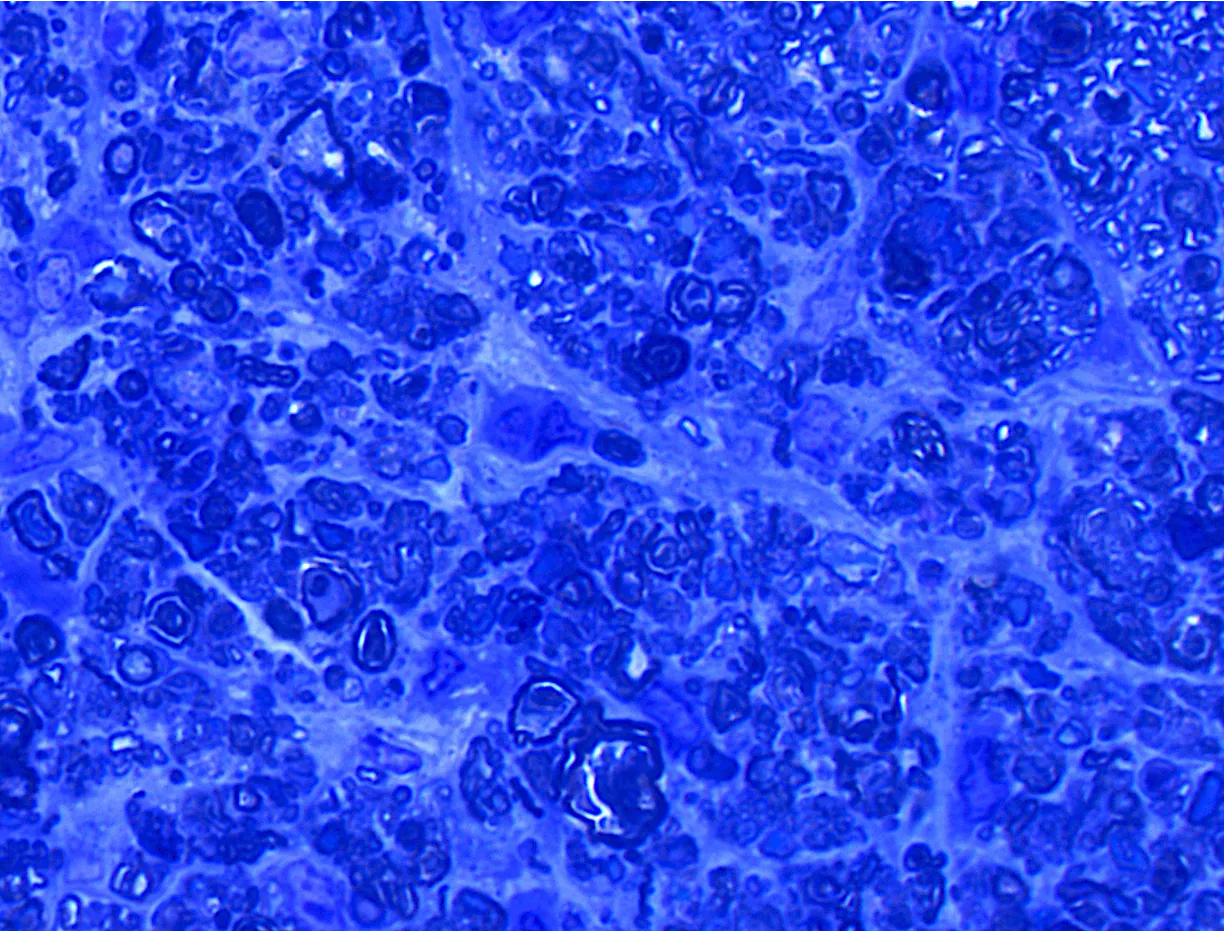

Glaucoma remains a major cause of irreversible blindness worldwide, driving the need for preclinical models that accurately replicate human disease and support the development of novel treatment methods. Intracameral microbead injection is a widely used method to induce ocular hypertension and mimic the pathophysiology of glaucoma. Most studies using this model focus on retinal ganglion cell (RGC) loss and occasionally pattern electroretinography (pERG) for functional assessment of RGC. In our study, we broaden model characterization by incorporating behavioral, functional, and morphological assessments using in vivo monitoring. In addition, we explored how behavioral, functional, and morphological read-outs correlated with intraocular pressure (IOP) in this model.
Spectral-domain optical coherence tomography (SD-OCT) was used for quantitative evaluation of inner retinal layer (IRL) thickness. PERG was recorded to assess RGC function. Optomotor tracking was performed to evaluate visual acuity (VA) and contrast sensitivity (CS). After 4 weeks, the animals were euthanized, and retinal wholemounts with optic nerves were collected for RGC quantification and axon assessment.
As expected, we found a significant thinning of IRL as confirmed by SD-OCT imaging. Additionally, pERG recordings revealed diminished RGC function, evidenced by reduced amplitude, whereas optomotor testing detected significant declines in VA and CS. Significant correlations were found between IOP and all parameters.
The magnetic microbead-induced ocular hypertension model successfully mimicked structural and functional damage of RGCs, with early visual function declines linked to elevated IOP. Strong correlations between structural and functional parameters enhanced the translational relevance of this model in exploring new neuroprotective and regenerative therapies.
Kernius Mickevičius, Tomas Paulauskas, Robertas Čėsna, Simas Bijeikis, Marius Dragašius, Justina Urbanavičiūtė, Symantas Ragauskas, Giedrius Kalesnykas
Check out our latest news and activities
All Scientific publications
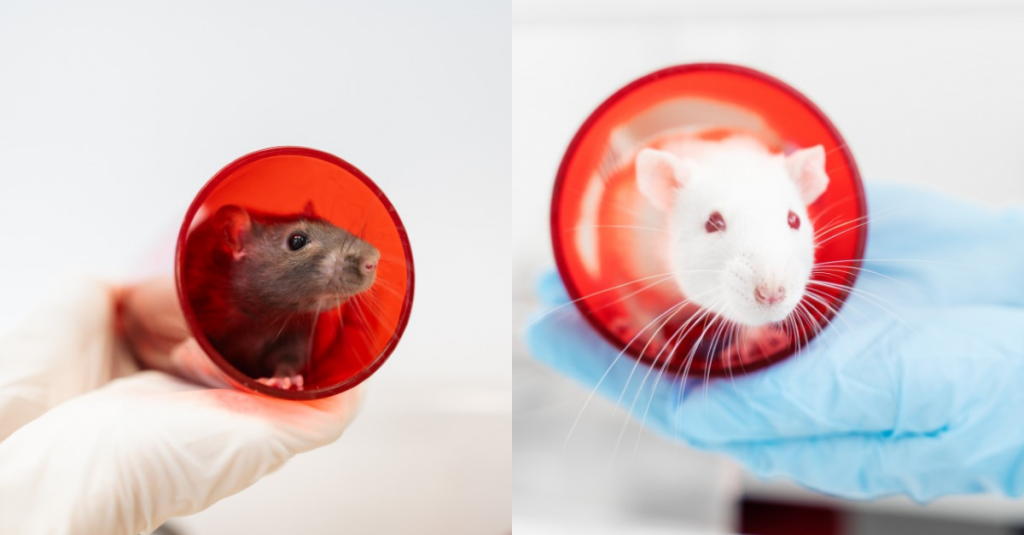
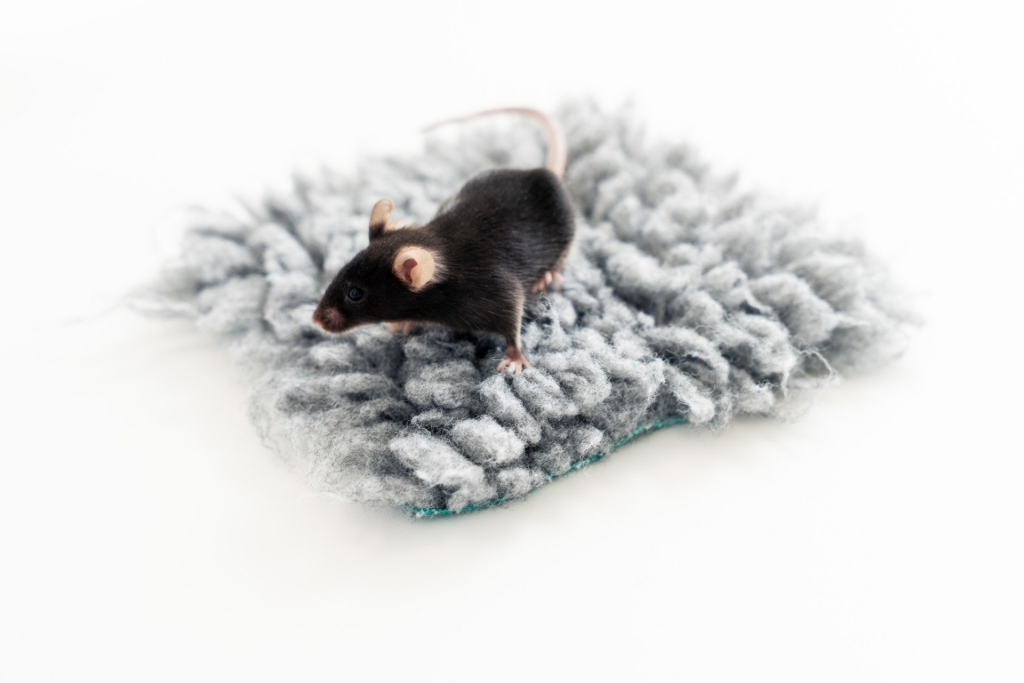
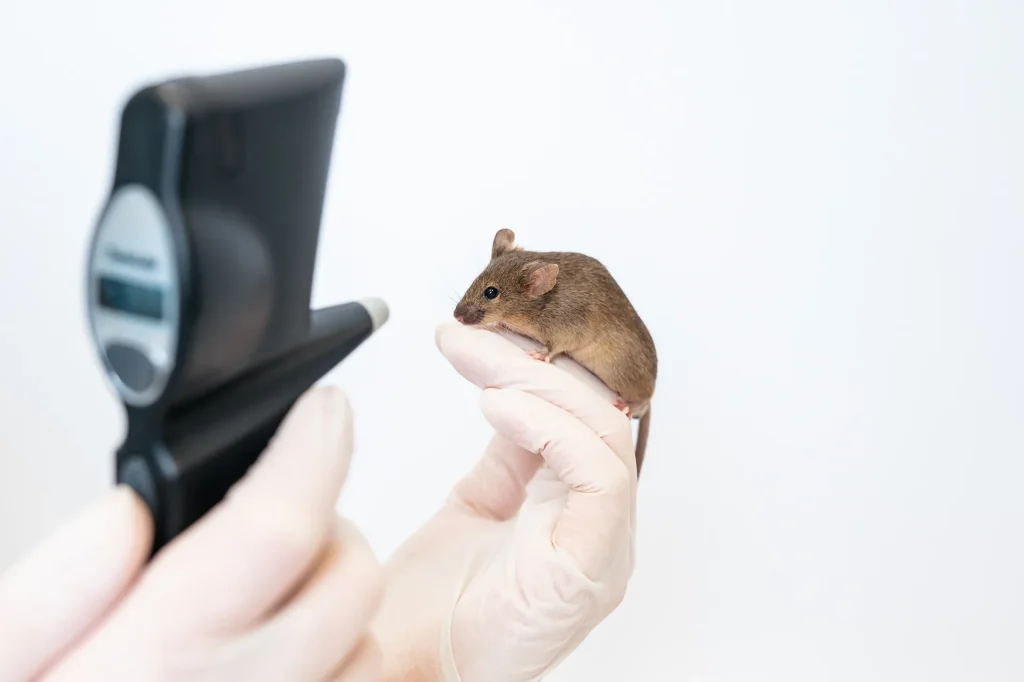
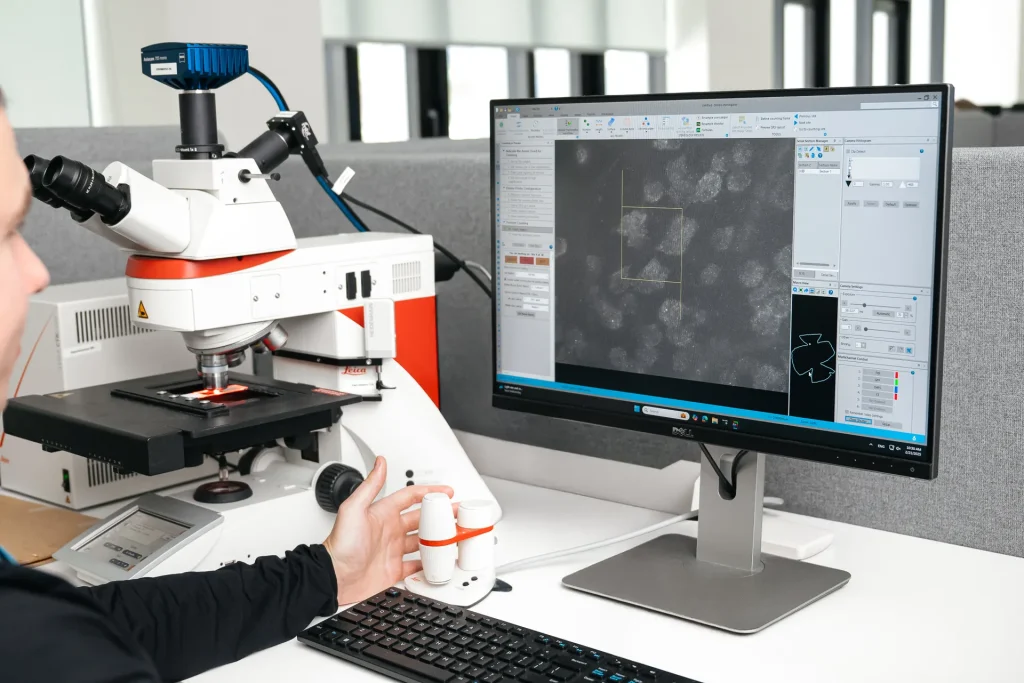
Copyright: Experimentica Ltd. 2025